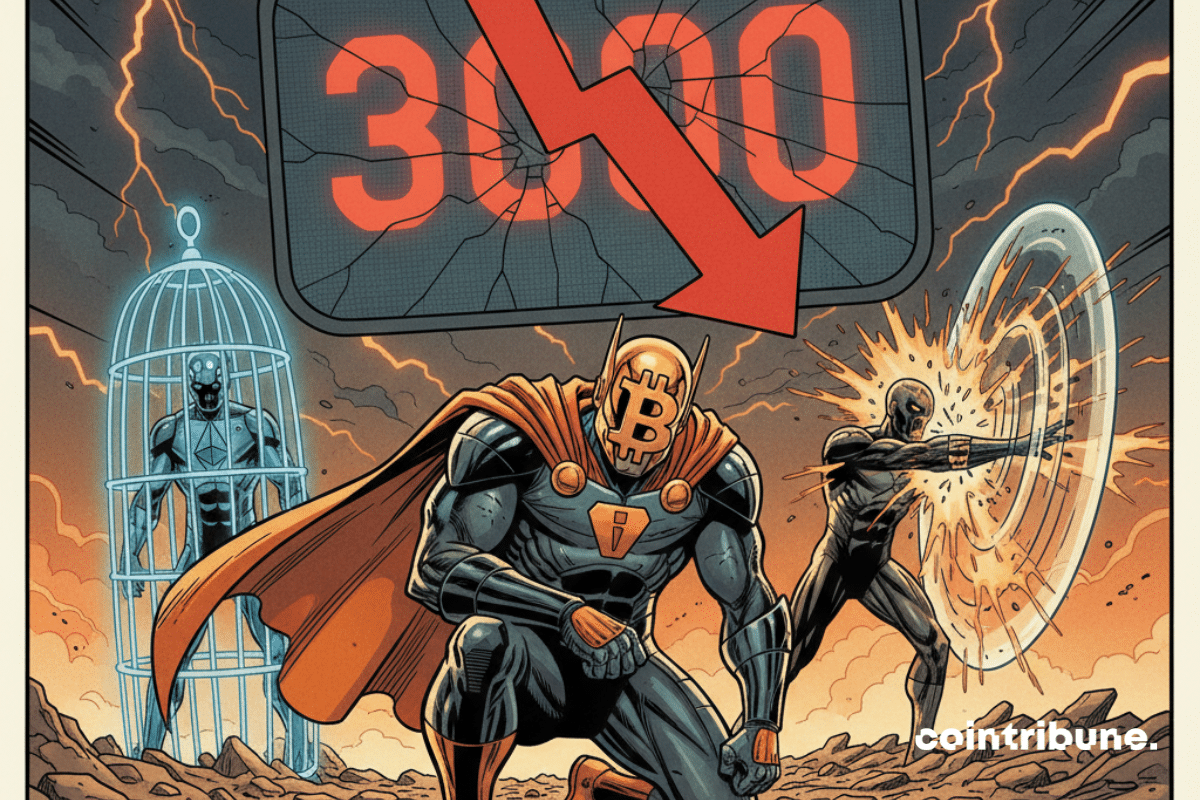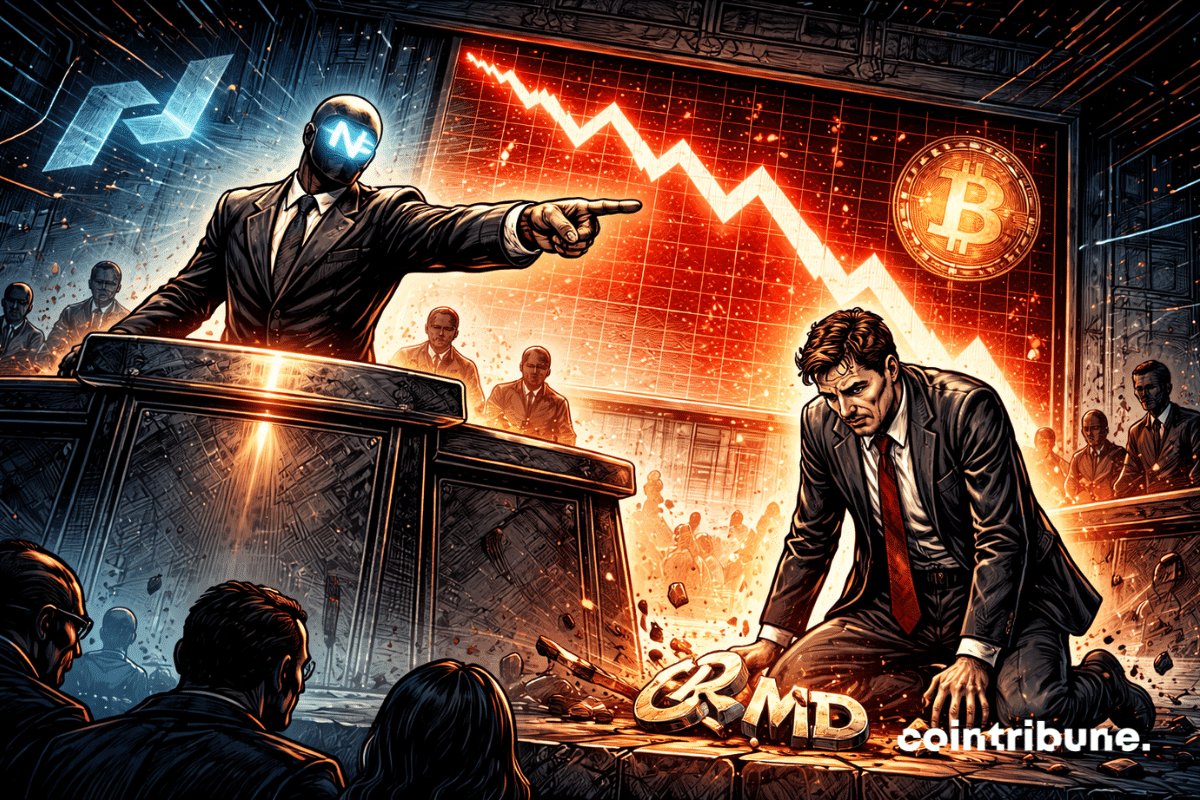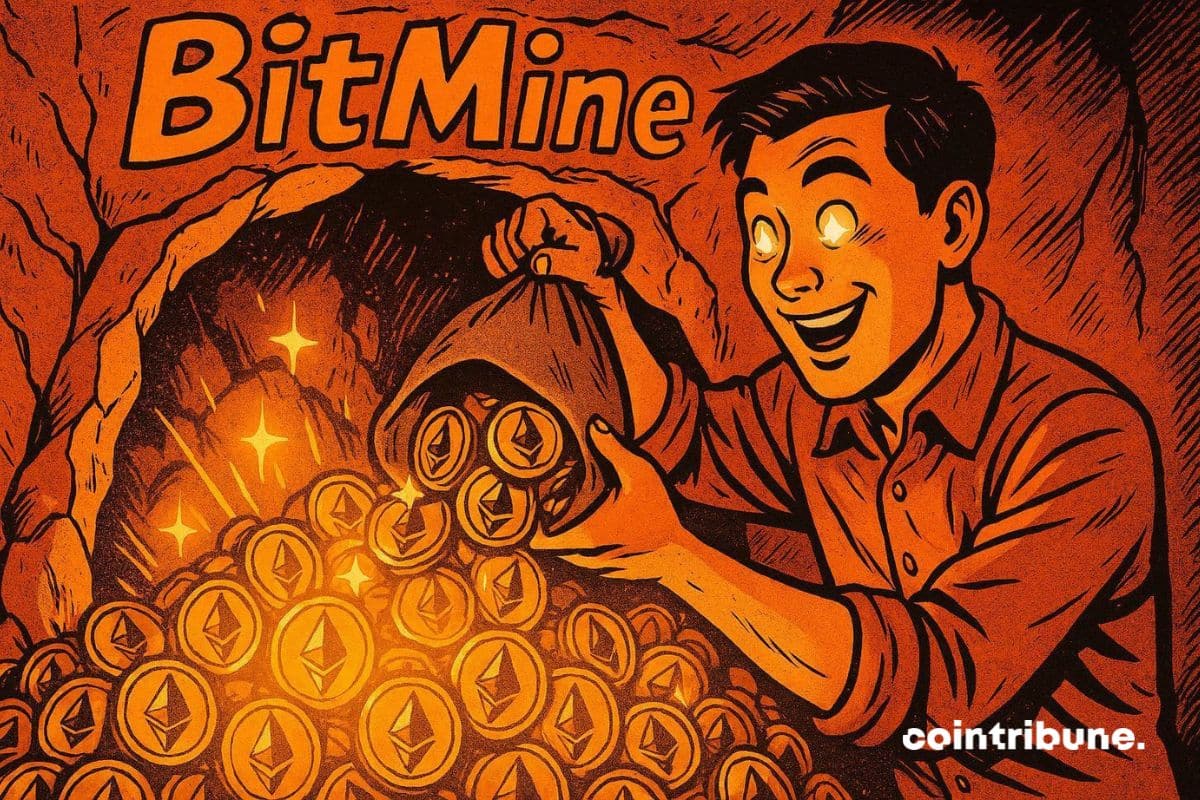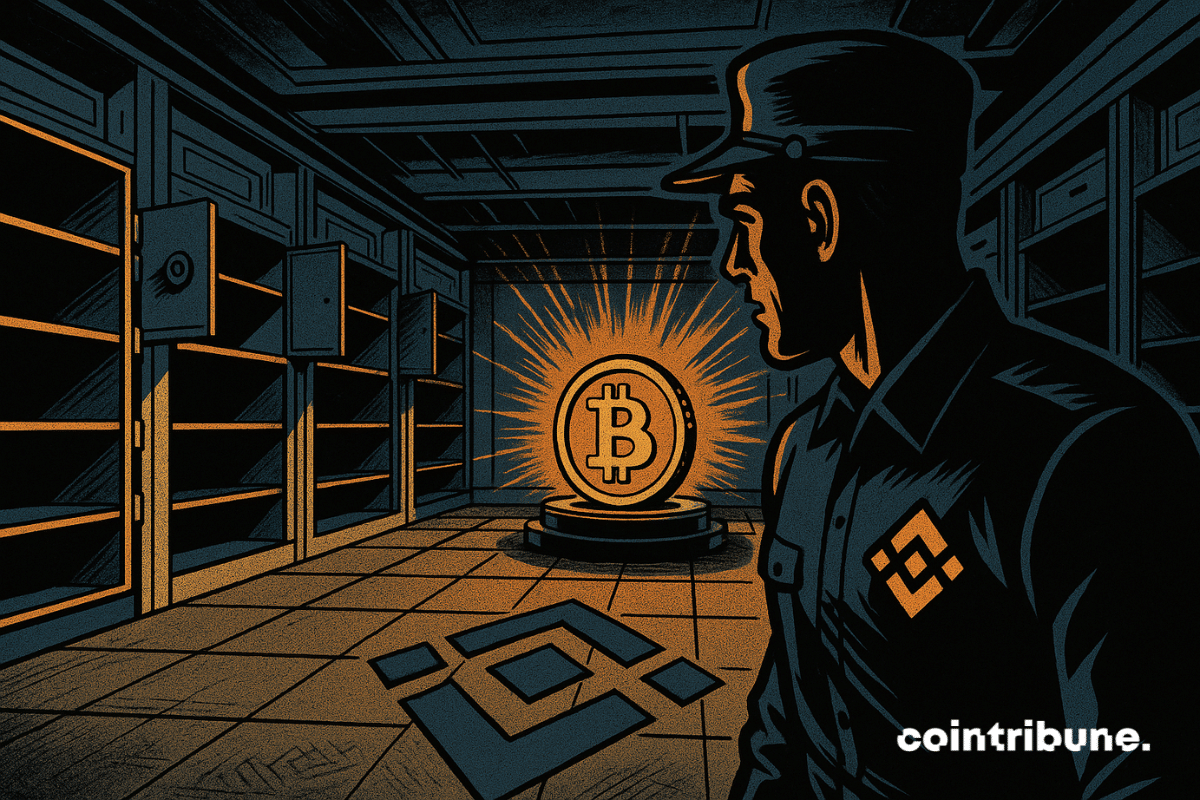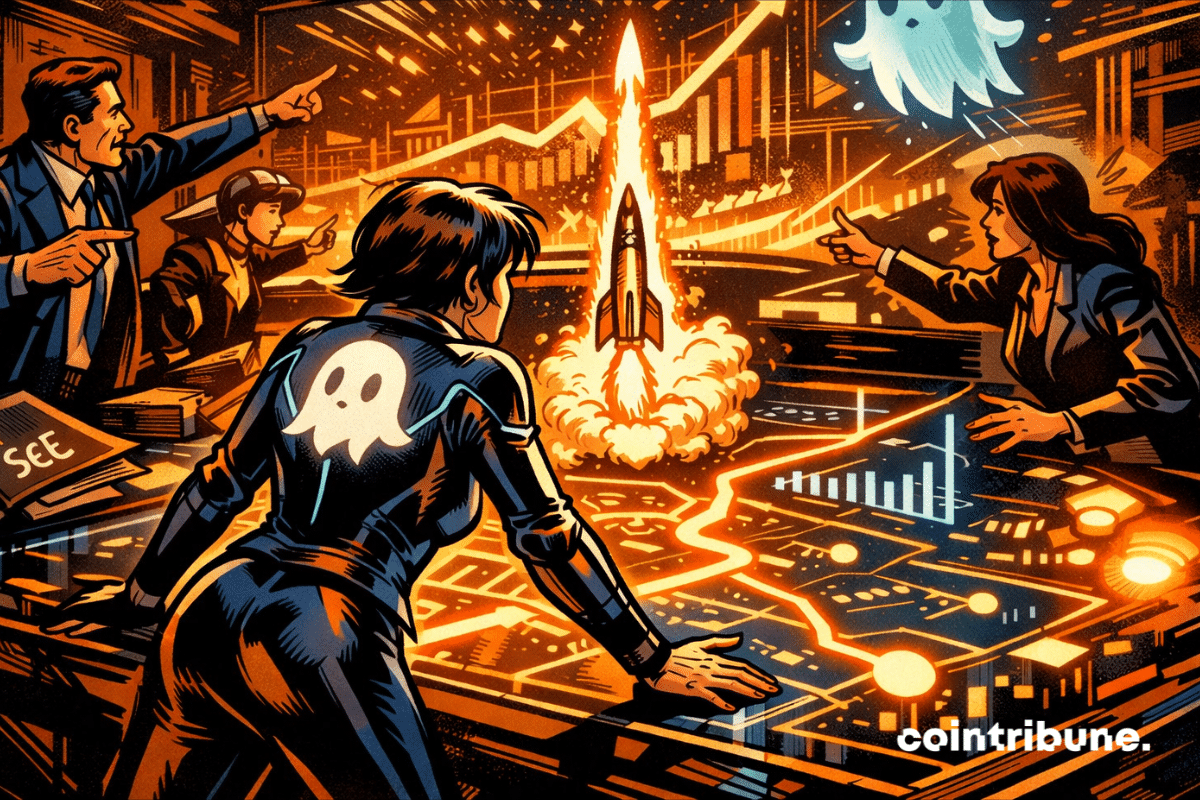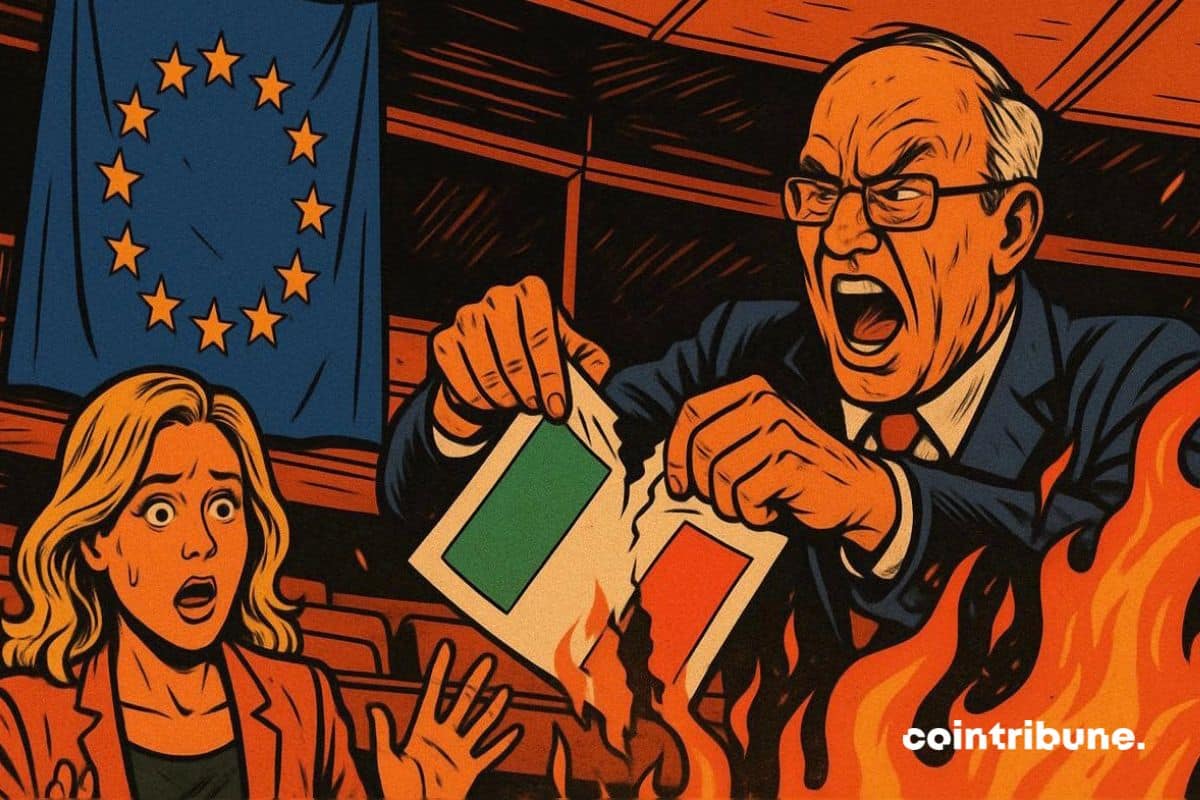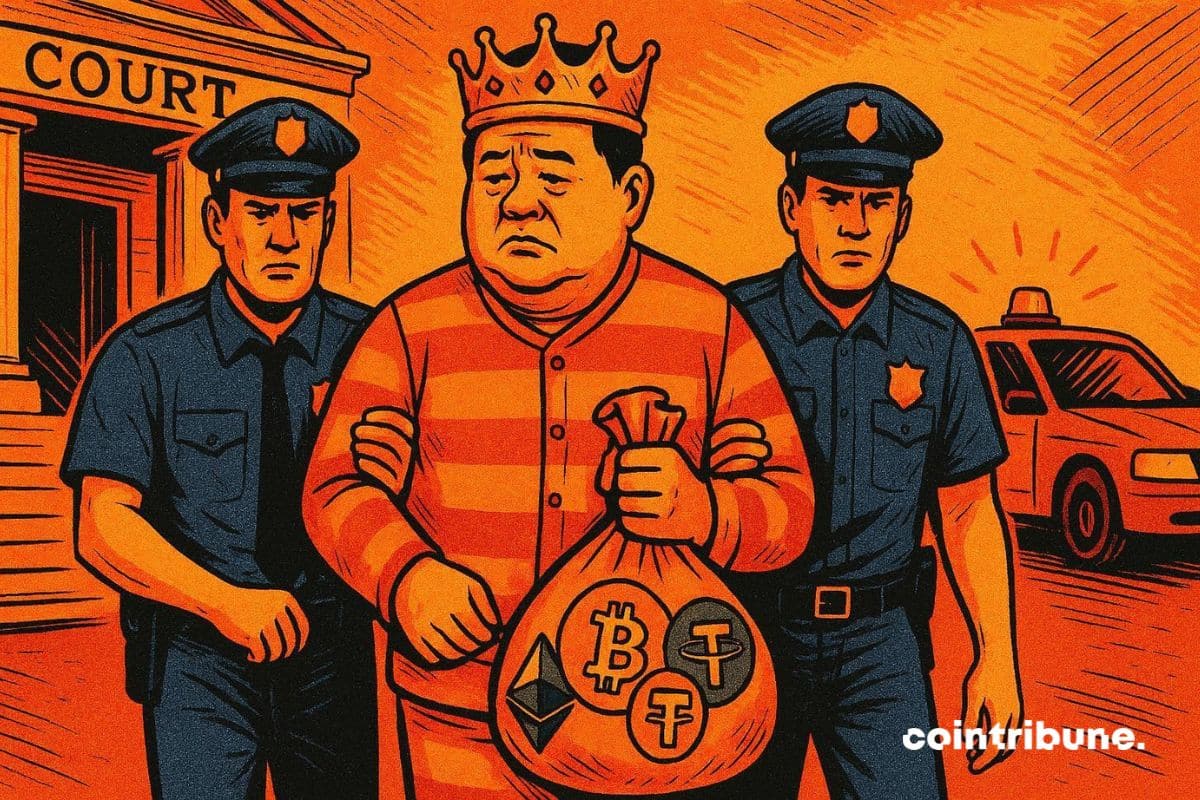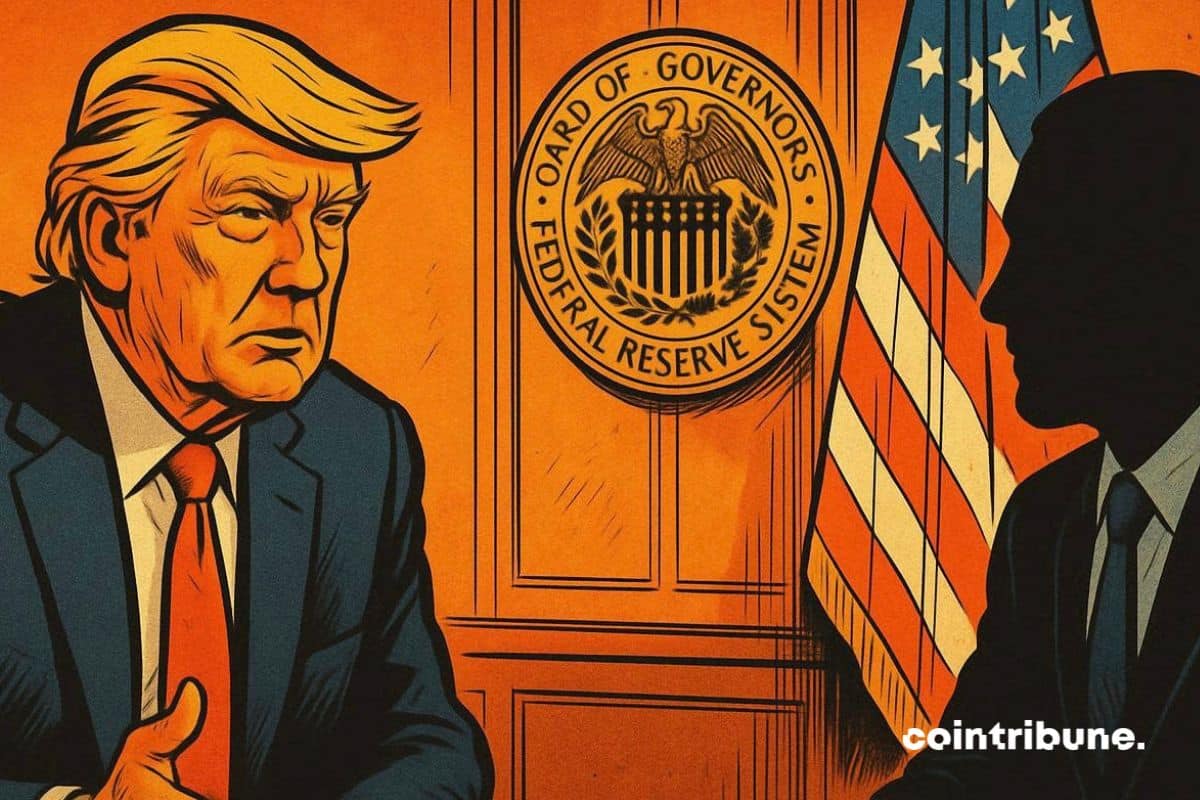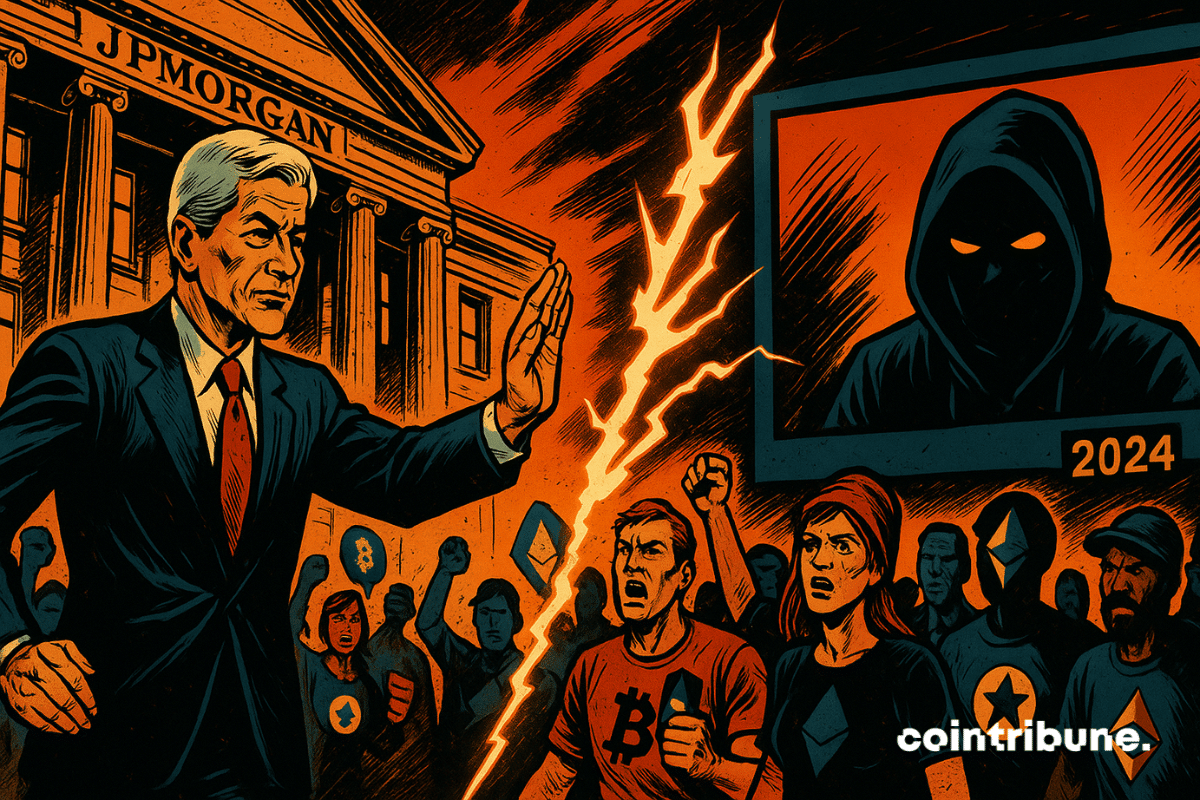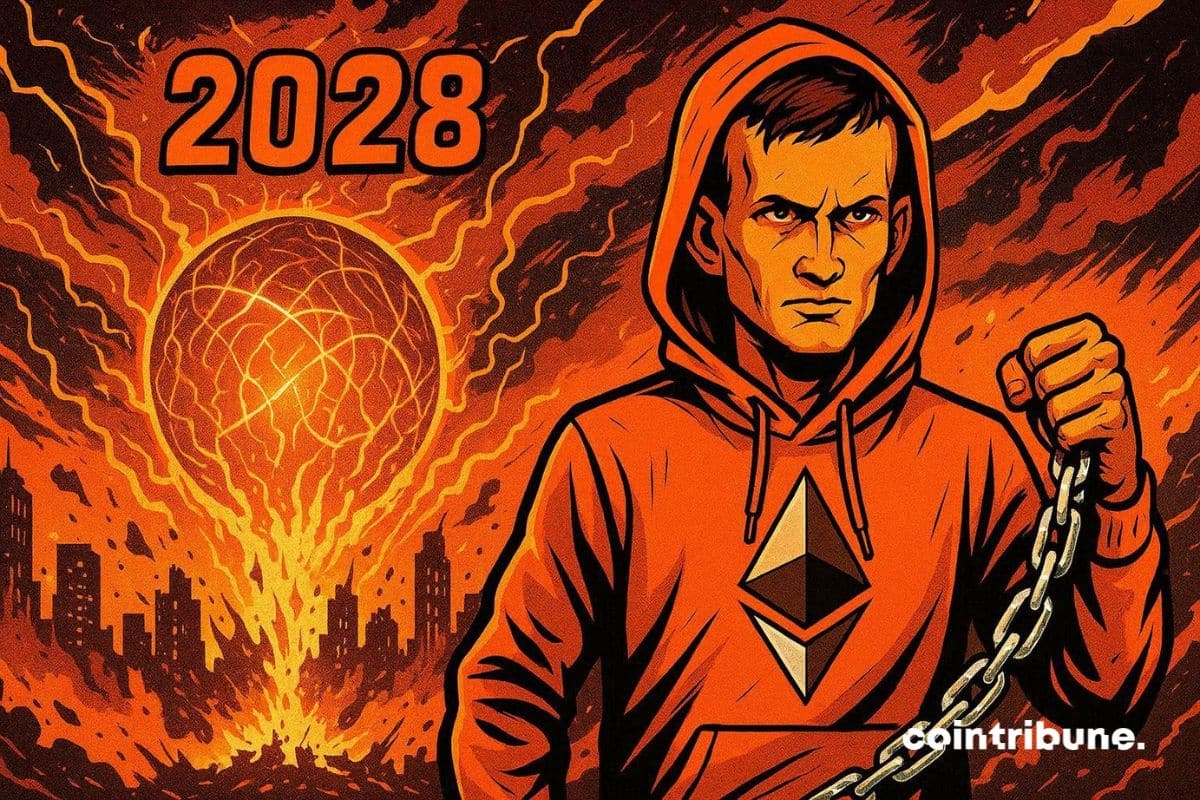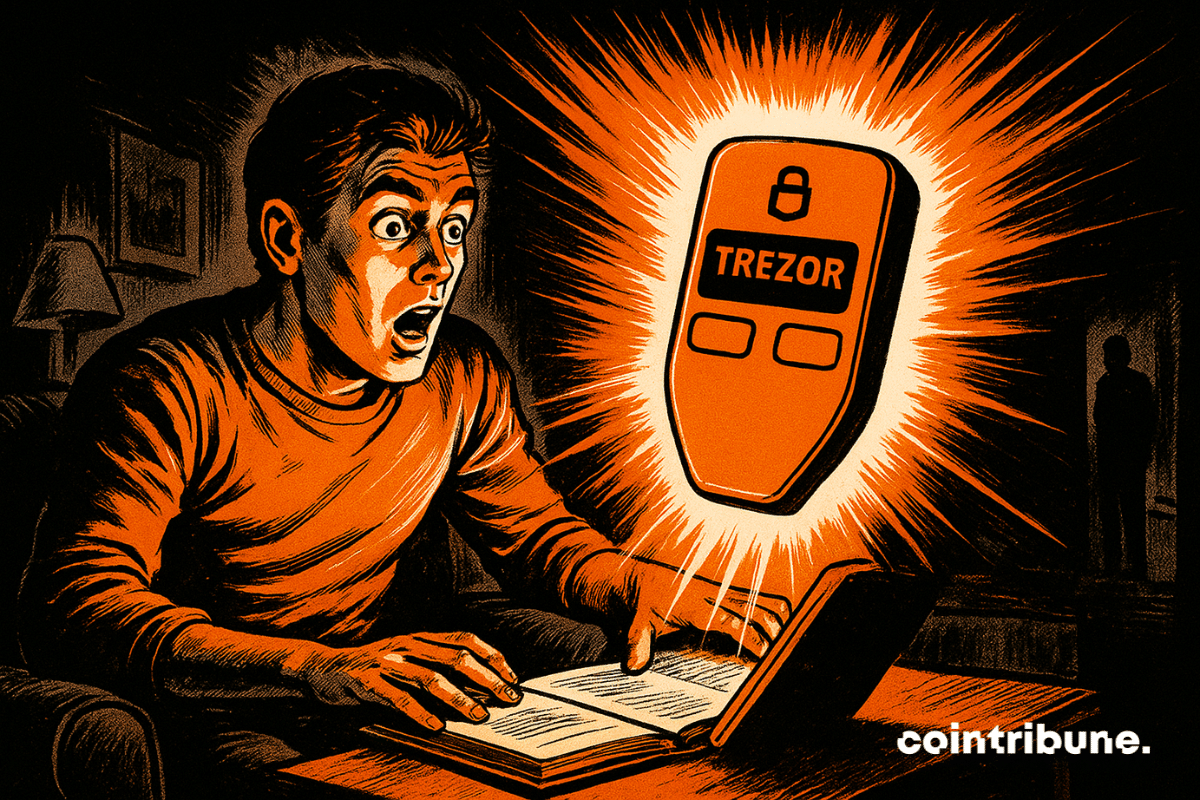Cryptos falter, whales buy quietly, and small holders watch their tokens melt away like snow in the sun... Suspense guaranteed until summer 2026?
News
Crypto News
Kindly MD thought it could reinvent itself with bitcoin. Listed on the Nasdaq, the company refocused its strategy around the flagship asset after its merger with Nakamoto Holdings. However, the initial euphoria gave way to a sharp drop in the price, resulting in a formal warning from the American stock exchange. Without a rapid recovery, the company now risks delisting.
Amid a falling market, BitMine strikes big: + $140 million in Ethereum added to its crypto treasury, defying the downward trend. A risky strategy or a visionary bet? Dive into the analysis of this bold move that could redefine ETH's future and inspire institutional investors.
Exchange News
Finance News
The crypto market was hit by a wave of heavy corrections as a rough weekly outing triggered cautious sentiment among investors. During the downturn, heavy liquidations were recorded as some whales took profits while others moved to limit losses. On-chain data shows increased activity from large Bitcoin and Ethereum holders. In fact, U.S. spot Bitcoin and Ether ETFs recorded combined outflows of over $580 million on Monday, extending a broader trend of capital exits. As these heavy outflows persisted, market watchers observed whales rotating capital into a new game-based memecoin project.
Aave enters a new growth phase after the SEC ends its investigation, planning V4, Horizon, and a mobile app to drive growth in 2026.
Italy lights the fuse: its 2026 budget, criticized by the ECB, threatens to explode bank stability and stifle an already weakened economy. Between controversial taxes and risks of rationed credit, Rome is playing a dangerous game. Why is the ECB sounding the alarm? The details shaking Europe.
People News
Tech News
Bitcoin’s Lightning Network has reached a new capacity record as major exchanges add more funds and developers roll out new tools. At the same time, an upgrade to Taproot Assets is pushing Bitcoin closer to supporting multiple asset types on its base ecosystem.
Following the resounding success of its 2025 edition, WAIB Summit Monaco proudly announces its return on June 9–10, 2026, at the prestigious One Monte-Carlo, located in the heart of Monaco’s iconic Casino Square.
Solana has resisted one of the most intense DDoS attacks ever recorded on a public blockchain, peaking at 6 terabits per second. The network remained stable, with no interruptions or notable degradation. This inadvertent test, occurring amid recurring technical tensions in the ecosystem, marks a turning point. Long criticized for its instabilities, Solana today shows robustness that could change its position in the hierarchy of decentralized infrastructures.
